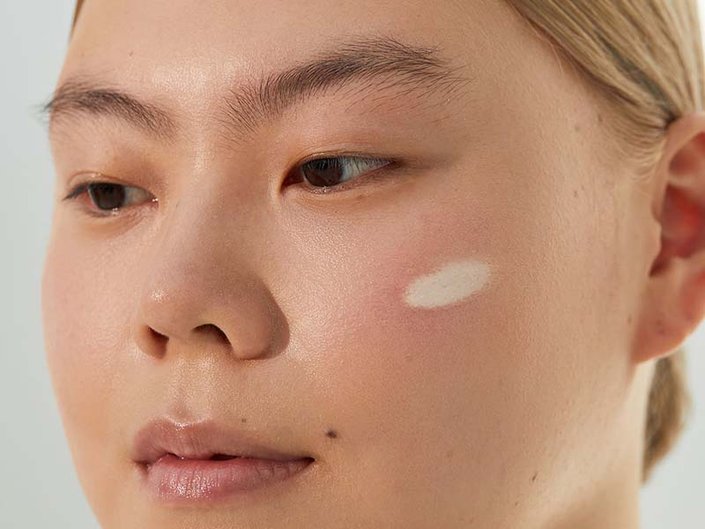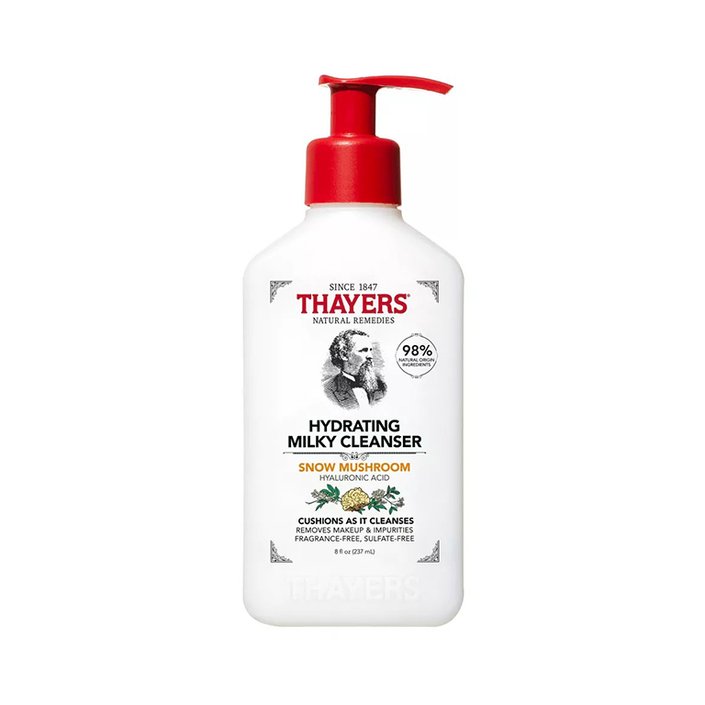A Dermatologist’s Tips for Addressing Skin Redness
May 19, 2023

“Make sure to moisturize, too,” he says. “And always choose a mineral-based sunscreen that contains ingredients like zinc oxide to help protect the skin.”
The La Roche-Posay Toleriane Rosaliac AR Face Cream utilizes a pale green pigment and soothing ingredients like glycerin and La Roche-Posay Thermal Spring Water to help reduce the appearance of redness upon application. For a mineral sunscreen with hydrating properties, we recommend the CeraVe Hydrating Mineral Sunscreen SPF 50.




























